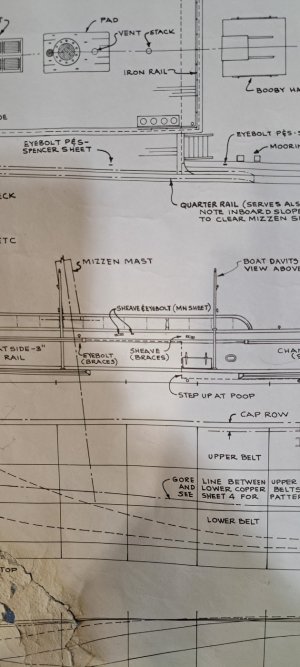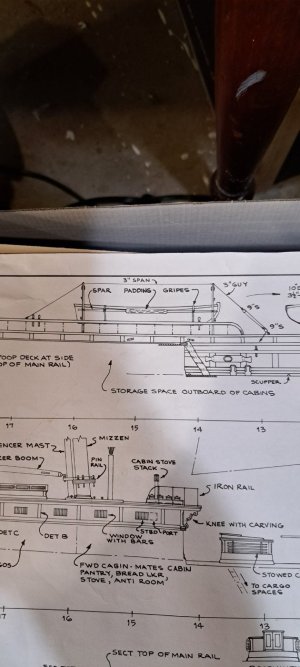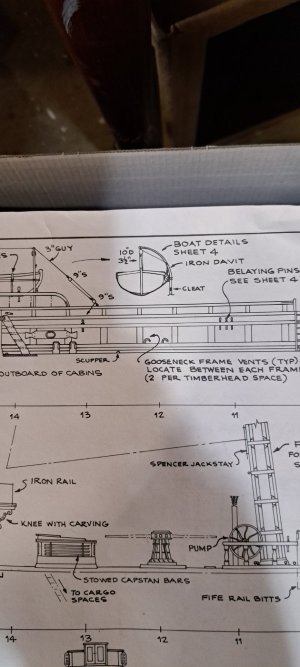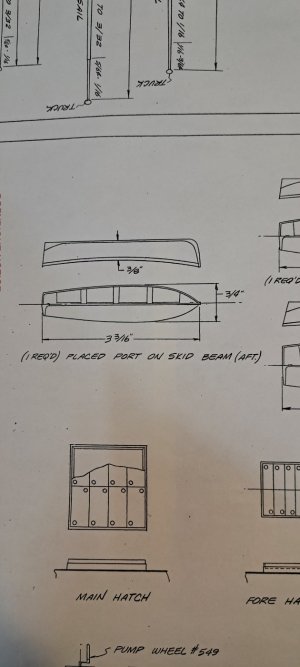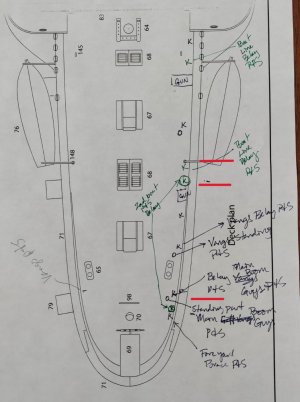Now, back to the boats. Note: I don't know if I said this already, but after finishing up with the foremast rigging (except the braces) I purposefully paused to think out the next sequences. I knew that if I rigged the topsail and t'gallant sail yard braces, they would be in the way of working on the mainmast rigging. During the pause it occurred to me that the next thing I needed to do was the boats, particularly the second boat, so that I wasn't trying to drill holes in the deck for the davits after all of the remaining mainmast rigging was in place

. Been there, done that, have the tee-shirt and the hat.

One of the first times I've been consciously patient and glad about it as we know from the posts about boats and davits.
I started on the second boats knowing that they would be double ended only because that was what Webb represented in his original plans. See blue arrows.

I wasn't thinking in any detail about the exact length and width. I was merely thinking about making the second boats visually different than the first boats. I was also thinking about how to make the second boats. Here's how: In my stone-age tool chest is a printer (paper only - don't get excited about that 3D business). The printer can also make copies! The kit comes with profile templates for the top and stern of the first boats. This template is pretty thick - almost card stock. I used it only to make several copies.
The kit also includes the laser cut parts for the first boat. The first boat has three main components - port half, starboard half and a center keel. I also made photocopies of these. The halves are composed of three pieces in diminishing sizes that are laminated to each other. It is very clear how to do this. Not so clear is the instruction to "apply" the profile templates to the half. I decided that this meant glue the template to the top and rear of the half so that you know the shapes you're trying to carve to. The instructions, however, tell you not to bother removing the laser char. This seemed wrong for the top and stern. Unless the laminating process left you with a perfect surface on top and aft, how was the profile template supposed to lie flat. Since nothing I ever do is perfect, I sanded the top and the stern smooth and used Elmer's (water based white glue) to "apply" the profile templates cut from the copy paper.
With the second boats, I took the top profile and center keel photocopies and overlapped them until my eye told me that the second boat was long enough. I then took the photocopies of the three components of the boat halves and glued these to scrap wood from the kit of the same thickness of the components of the first boat. The thickness of the copy paper added an extra 6 scale inches to the width of the second boats.
I didn't do a great job photo-documenting my process, but I hope you get the idea from my description and the pics I took.
This is a pic of the laser cut parts for the first boats. The blue arrows show how much should be left showing of the next lowest piece.

Below you can see that I taped two halves of the top profile of the second boat together to get an idea of how it would look against the plans.
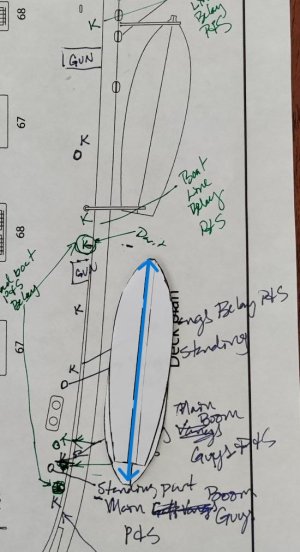
Here are the center keel pieces for the second boats. I took the photo copy of the actual part from the first boat. I glued these to scrap from the kit of the same thickness as the center keel for the first boats.

This shows a half of the first boat before assembly and the profiles of the 2nd boat before applying them to the scrap wood.

The rest of the pics speak for themselves.



Final note - Scaled out, the first boat is 22 feet by 6 feet. The second boat is 25 feet by 6.5 feet. Based on the
Saginaw gig, the length is about right, but the second boat is a bit skinny by 1.5 feet or 3/16". Visually, however, the second boat looks longer and fatter than the first boat. VICTORY!
Now on to painting and covering the boats and davit fabrication.
Blessings. Peace. Gratitude.
Chuck
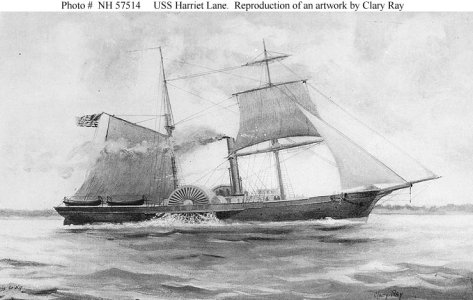







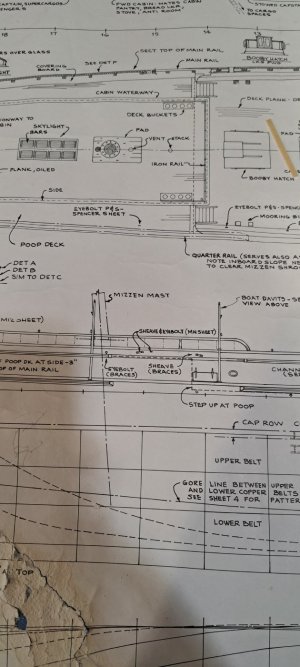
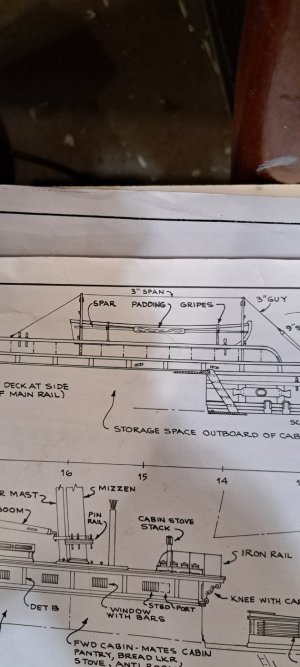





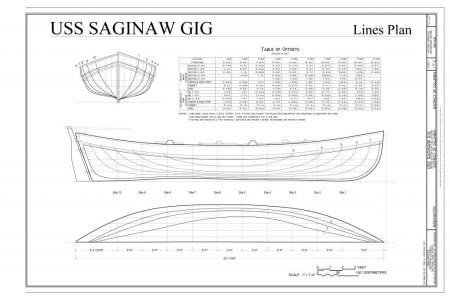
 (Dover Reprint). For Second Class Steamers five boats are listed; a 30 ft Launch, a 28.5ft Cutter, and three 26ft cutters.
(Dover Reprint). For Second Class Steamers five boats are listed; a 30 ft Launch, a 28.5ft Cutter, and three 26ft cutters. 